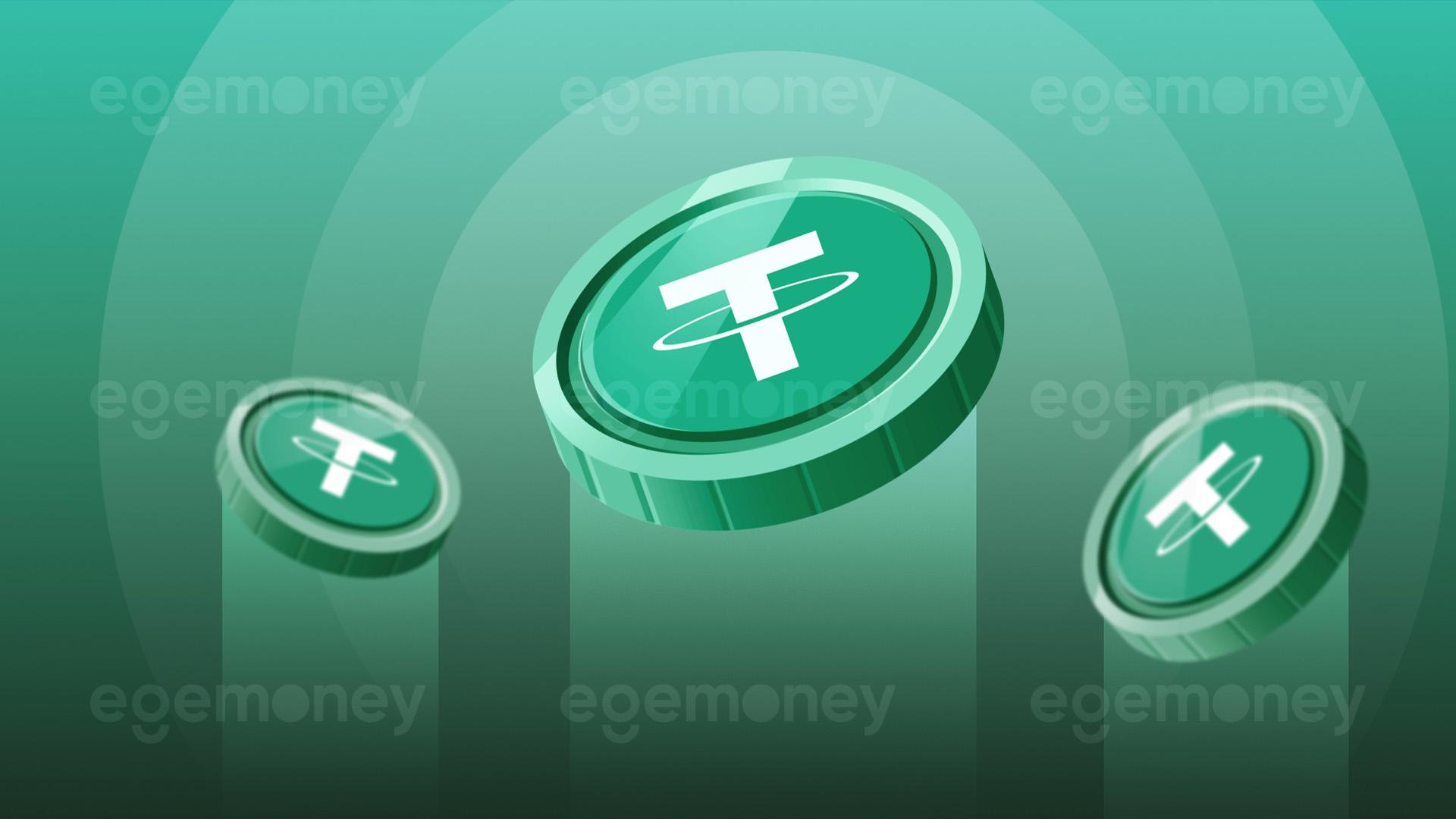Tether Maintains Its Commitment to Issuing Collateralized Loans.
Stablecoin producer Tether (USDT) has quietly continued its collateralized lending services after announcing earlier this year that it would discontinue the service.
According to a report by the Wall Street Journal using Tether’s quarterly financial update, the stablecoin producer’s loan assets increased from $5.3 billion recorded in the previous quarter to $5.5 billion as of June 30th. A Tether spokesperson stated that the increase resulted from “a few short-term loan requests from clients with whom the company has had a long-standing relationship.”
These loan services involve Tether lending out USDT tokens to borrowers. Market observers have expressed concerns about this practice due to the lack of assurance that the borrower will repay or the stablecoin producer immediately selling the loans. Additionally, Tether has not provided adequate transparency regarding the type of collateral provided by borrowers.
Last year, cryptocurrency lending service providers like Celsius, BlockFi, and others had halted their operations following a record market crash that negatively impacted their business models.
While Tether consistently insists that the “collateralized loans held in its reserves are over-collateralized and covered by highly liquid assets,” the failure of its business model could be catastrophic for the cryptocurrency sector. This is because Tether’s USDT stablecoin is the largest stablecoin in the market.
Tether Continues Its Commitment to Removing Collateralized Loans
In a statement made on September 21, Tether reiterated its commitment to removing collateralized loans from its reserves.
The stablecoin producer did not specify an exact timeframe for when they plan to remove the loans. However, a spokesperson told WSJ that the company plans to do so within the next year.
Meanwhile, responding to increasing concerns about collateralized loans, the stablecoin producer stated that the “company holds over $3.3 billion in excess reserves, effectively reducing exposure to collateralized loan risks.”
The company added:
“Anyone with even a minimal understanding of financial markets can easily see that a company, which has $3.3 billion in excess equity and is on track to generate $4 billion in annual profits, balances out its collateralized loans and retains these profits on the company balance sheet.”







